The 10 Best Smartphones of 2017.
Buying a new smartphone now seems like the most intimate of
purchase decisions, as your new device will accompany you almost
everywhere until you lose it, break it or get seduced by a newer model.
This year saw some marked improvements in the world of smartphones,
enough to tempt even the most loyal user away from his previous constant
companion. Nine new phones stood out in particular. Here are the 10
best smartphones of 2017.
10. Moto G5 / G5 Plus

With the way companies like OnePlus have broken through and changed the game in the budget smartphone world, most midrange devices are having a hard time keeping up. The Moto G5 (not to be confused with the LG G5), however, is a dirt-cheap smartphone that actually holds up to some of these more premium phones. It’s got an aluminum body, performs great, and sells for only $230. Its 12-megapixel camera might not quite hold up to flagship smartphones—and for some reason the device still uses a microUSB port—but for the price point, it’s a pretty solid overall smartphone experience.—Luke Larsen
9. iPhone 8
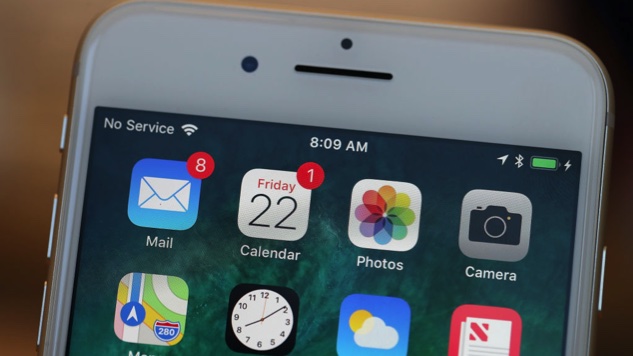
There’s no question about it: Apple wants you to buy the iPhone X. All the new features and technology have pushed over to that phone, whether it’s the fancy new design, FaceID scanning, the “super” retina display and (most importantly) Animojis. Meanwhile, the iPhone 8 and iPhone 8 Plus are more iterative updates in the line, with even less new cool stuff than normal. But there are a few reasons why you might want to opt for the 8 rather than taking a chance on Apple’s latest product. The smaller iPhone 8 could be the perfect size for a lot of people—especially those with smaller hands. If familiarity and TouchID are significant to you, the iPhone 8 is the phone you’ll want to pick up. But the biggest reason to choose the 8 over the X is the price tag. —Luke Larsen (Photo by Justin Sullivan/Getty Images)
8. Huawei Mate 9
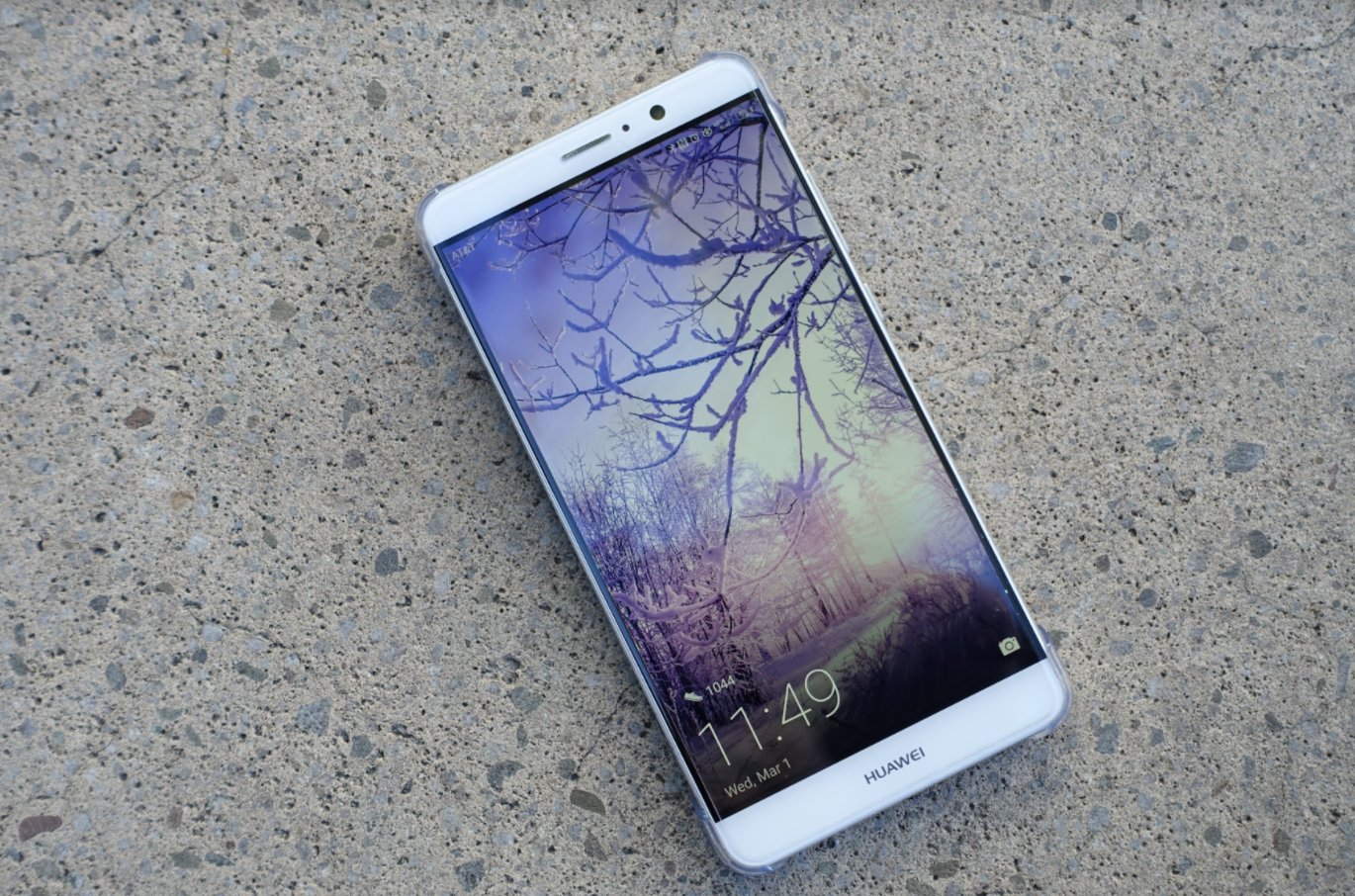
With a large screen that’s nearly six inches big, I’d expected the Mate 9 to feel like driving a van, but the phone’s slim bezels and solid construction makes it feel more like handling a fun SUV or crossover. There are only a few features that Huawei could have added to the Mate 9 even better: a higher resolution screen given the phone’s large display size and an always-on display. If you can live without these extras, the Mate 9 is a terrific phone with a lot of performance to back it up. And at $599, it’s a much more affordable and compelling option than many of the flagships on the market today, thanks to the fun, albeit sometimes fickle, Leica-branded dual camera, zippy performance and large screen that’s suitable for content production and consumption.—Chuong Nguyen
7. iPhone X
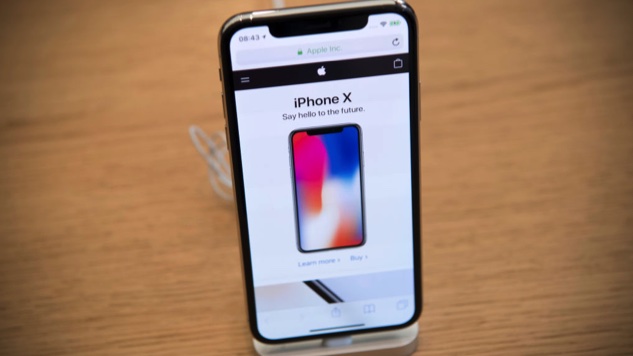
First and foremost, the most striking characteristic of the oh-so-exclusive iPhone X (pronounced “ten”) is the fact that its display spans the entire front of the phone. To one-up the new retina display of the iPhone 8, the iPhone X will have a super retina display, featuring an OLED display that means higher resolutions, more pixels, the works. The edge-to-edge display also means the X will not have a home button, creating swipe features to replace all the button’s capabilities. To top it all off, Apple introduced FaceID to overshadow the already convenient TouchID, featuring a depth-sensing front camera that detects the user’s face to unlock the phone. More enhancements include an even better camera than the iPhone 8’s, even longer battery life, even faster processors, and last but not least, Animojis. With all the impressive specs of the iPhone X comes an impressive price tag: $999 for the 64GB. There will additionally be a 256GB, priced at a whopping $1,149. —Lisa Nguyen (Photo by Carl Court/Getty Images)
6. Pixel 2
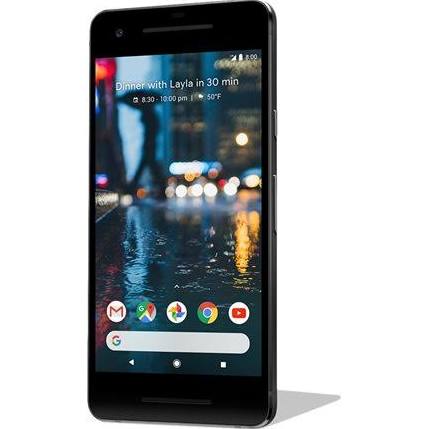
The Pixel 2 and Pixel 2 XL are Google’s two newest high-end smartphones, built and designed from the ground-up by Google itself. The original Pixel and Pixel XL were just what the Android market needed back at the tail-end of 2016. In a market of hit-or-miss phones from Asian manufacturers and a host of inexpensive alternatives, a true premium Android phone was a welcome addition to the fold. With the sequel phones, they really do feel like a a direct answer to Apple’s big iPhone 8 and iPhone X announcements in September. Of the two, the Pixel is smaller, more affordable, and based on previous year’s designs. The size of the display doesn’t tell the whole story in the sizing department though. Because the Pixel 2 XL has much smaller bezels and a 76 percent screen-to-body ratio, the difference in sizes isn’t quite as dramatic as you might think. The thing to consider is that the Pixel 2 XL costs two hundred more dollars and doesn’t add any significant feature or piece of technology. If the difference in size and design don’t mean much to you, the Pixel 2 is probably the one you want to pick up.
5. LG G6
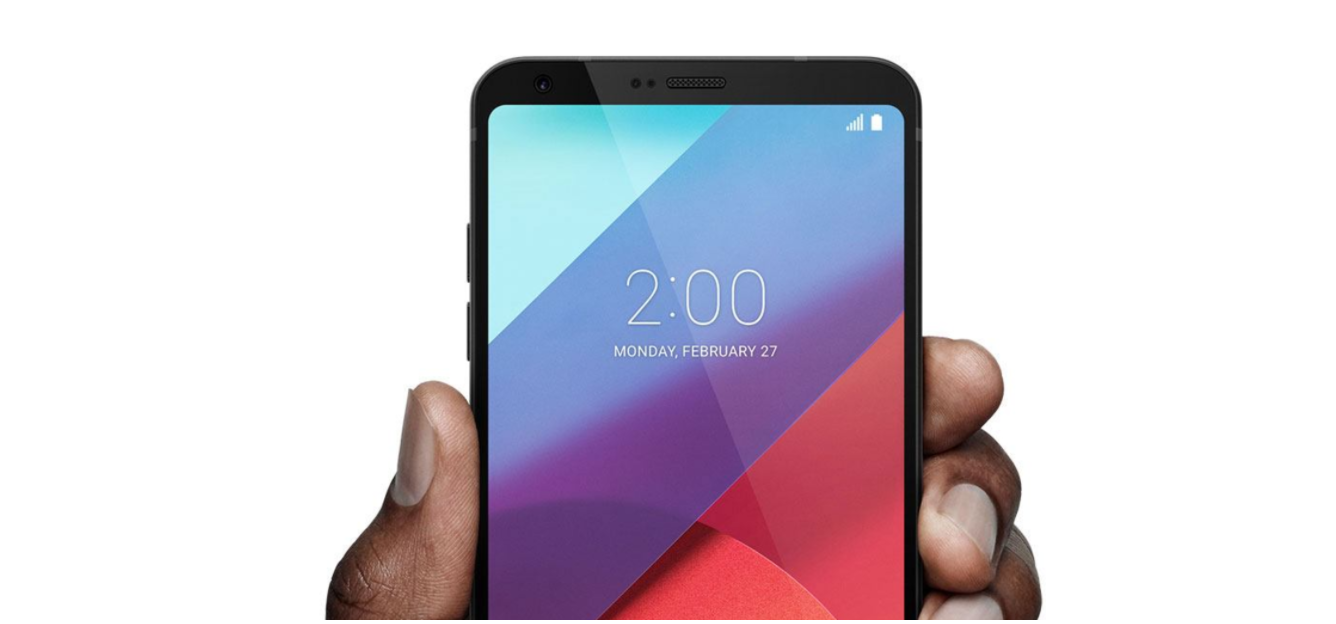
Compared to last year’s G5, the G6 seems positively safe and tame in comparison, which was probably the point. There are a couple notable features—the wider aspect ratio and wide angle ability—to at least partially distinguish it from the competition. It’s got plenty of things going for it as a proper flagship smartphone in 2017—something LG hasn’t always been able to do in the past. Still, with phones like the Galaxy S8 and Google Pixel out there in the market, the G6 is likely to have trouble standing out. —Jason D’Aprile
4. Essential Phone
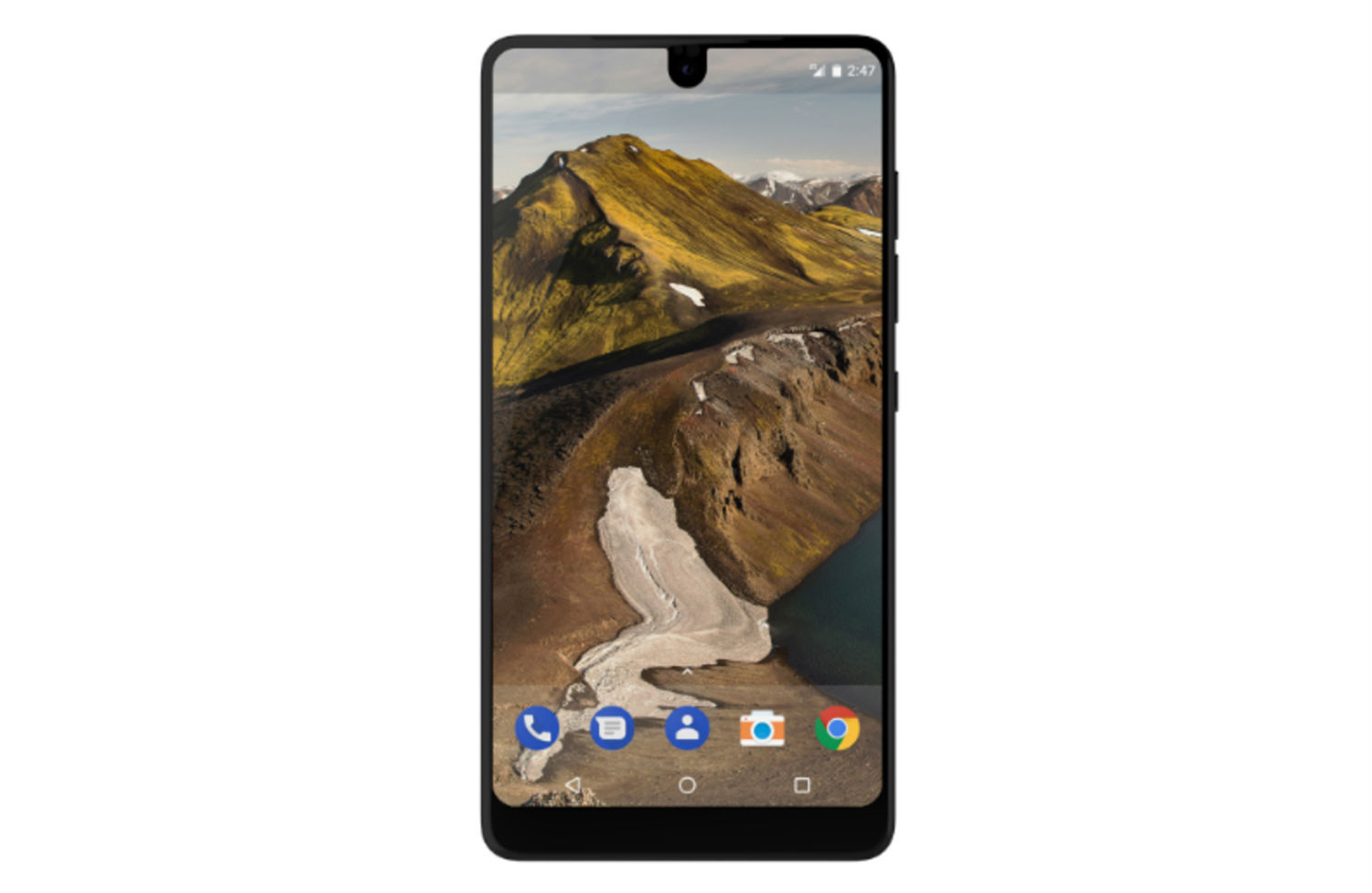
Built out of a ceramic back and titanium sides, Android founder Andy Rubin’s Essential startup’s eponymously named smartphone gets top billing in craftsmanship, eschewing the pedestrian aluminum and glass components on most modern flagships. The luxuriously crafted hardware is a marvel to behold and hold. The phone has a very modern appearance with straight edges and slightly curved corners. While the phone isn’t waterproof, it can survive a splash thanks to the IP54 rating for water and dust resistance. On the bottom, there is a USB Type-C port that accepts fast charging—wireless charging isn’t built into this phone—along with a mono loud speaker, nano SIM tray and a microphone opening. The Essential Phone has a respectable battery life. Dual cameras and a center-mounted fingerprint scanner are found on the rear of the devices. Additionally, the Essential Phone also comes with POGO pins on the back, which is used to magnetically attach modular accessories that augment the features of the phone. The phone ships with mostly a pure Android experience, and, unlike many other Android phones in this space, is devoid of the bloatware that hogs memory and slows down the phone over time. Even though the Essential Phone lacks some of the bells and whistles of its premium-priced competitors—there isn’t an always-on display and a portrait mode camera isn’t yet available despite the dual-lens setup—the device still ticks off enough boxes to make it an excellent phone, especially in light of its new $499 price. The phone’s durable construction, sleek 360-degree modular camera attachment and dedicated monochrome mode make it a joy to use. —Chuong Nguyen
3. OnePlus 5
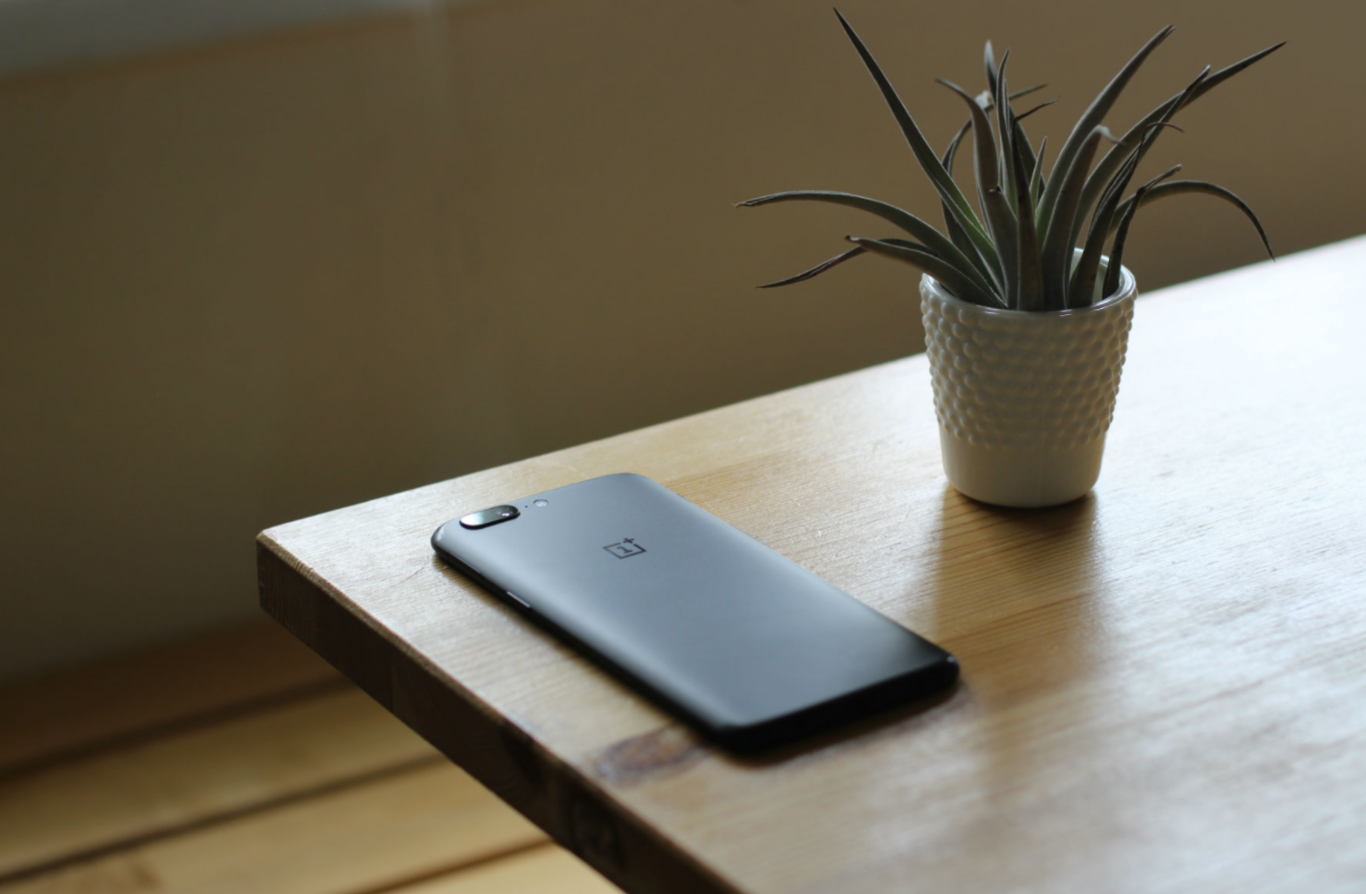
I’ve gone to great lengths to attempt to dispel some of the outrage surrounding the release of the OnePlus 5. A lot of unfair shade has been thrown its way. In most of the ways that actually matter, the OnePlus 5 is another great phone in the company’s flagship series that continues to bite at the ankles of the big smartphone manufacturers out there. If OnePlus continues to raise the price of its phones into the future, we may see a day when the OnePlus 7 or 8 is just another flagship phone. But as of now, the OnePlus 5 still aptly matches the title of “flagship killer. —Luke Larsen
2. Galaxy S8

Samsung needed a big win after the Note 7 disaster, and the Galaxy S8 is it. While not a pitch perfect phone, the latest flagship from the Korean giant is the best it’s ever made, and an easy frontrunner for phone of the year. It not only pushes the company’s portfolio forward, but the entire industry with its elegant and futuristic design that prioritizes the display without bloating the size. It’s an impressive achievement of design and engineering, but the quality isn’t surface deep. The entire experience of using the S8 is a rich one, despite the continued frustrations on the software side and the undeveloped virtual assistant, Bixby. But the market has proven for years that consumers are willing to overlook these shortcomings, as Samsung continues to dominate the industry alongside Apple.—Eric Walters
1. Galaxy Note 8
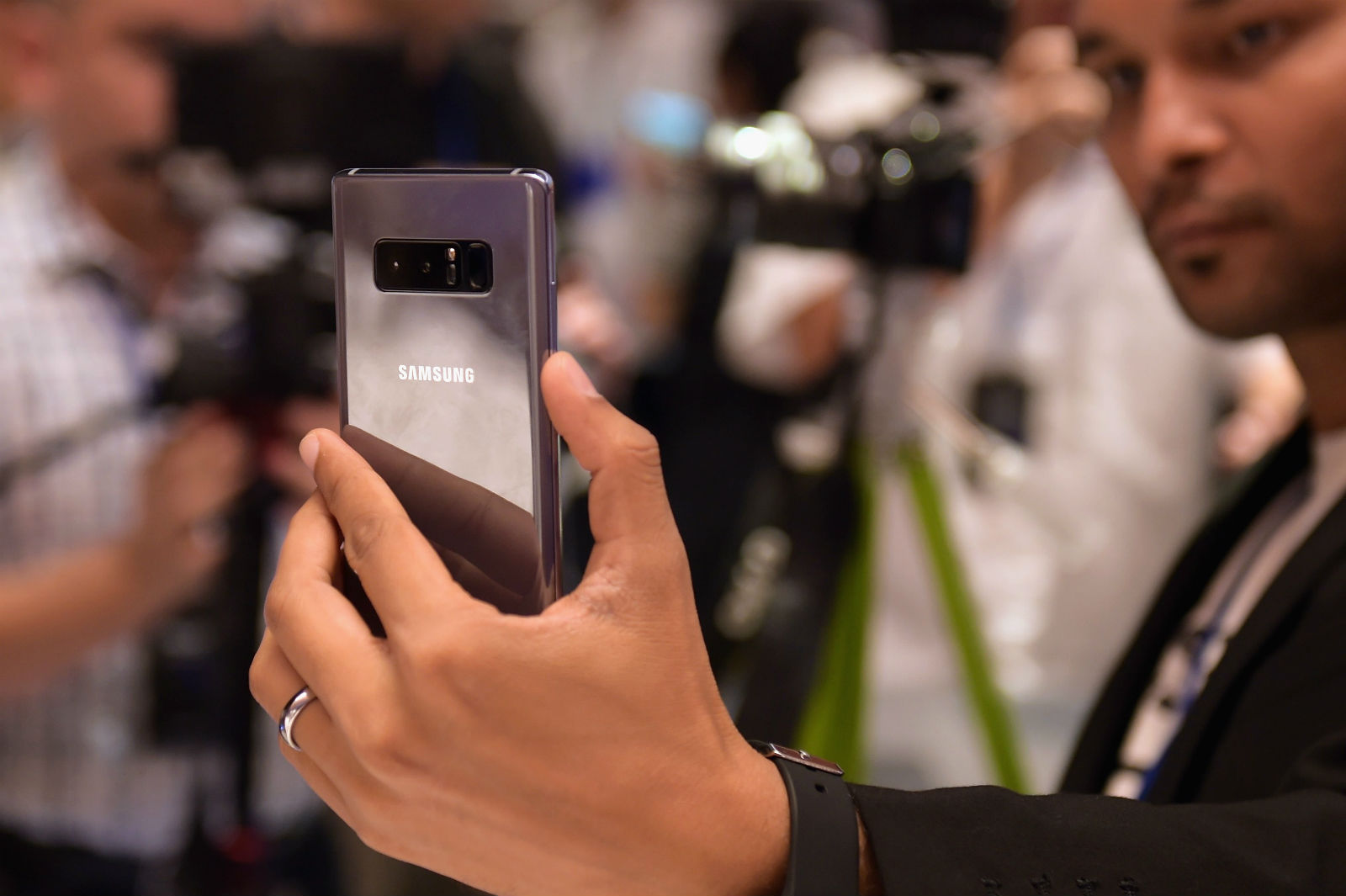
Photo by Jason Kempin / Stringer / Getty Images.
If you thought the Galaxy S8 was good, you’ll be blown away by the Galaxy Note 8. The S8’s older brother is very similar to the S8 (especially to the S8+)—in particular, it’s got a very similar display, the same processor, and a familiar look. So while the Note 8 is certainly a safe product for Samsung (who just wants to reaffirm the public that its batteries don’t explode), there’s a lot here to love. First off, you’ve got the S Pen, which is enough to bring over plenty of users who love the fully-featured stylus support you get with the Note 8. This smartphone also adds in a fancy dual-camera, which just might be the best camera out there and some extra RAM to boot. We’ll have to see what Apple does with the iPhone next week, but as of now the Galaxy Note 8 is the phone to beat. —Luke Larsen
10. Moto G5 / G5 Plus

With the way companies like OnePlus have broken through and changed the game in the budget smartphone world, most midrange devices are having a hard time keeping up. The Moto G5 (not to be confused with the LG G5), however, is a dirt-cheap smartphone that actually holds up to some of these more premium phones. It’s got an aluminum body, performs great, and sells for only $230. Its 12-megapixel camera might not quite hold up to flagship smartphones—and for some reason the device still uses a microUSB port—but for the price point, it’s a pretty solid overall smartphone experience.—Luke Larsen
9. iPhone 8

There’s no question about it: Apple wants you to buy the iPhone X. All the new features and technology have pushed over to that phone, whether it’s the fancy new design, FaceID scanning, the “super” retina display and (most importantly) Animojis. Meanwhile, the iPhone 8 and iPhone 8 Plus are more iterative updates in the line, with even less new cool stuff than normal. But there are a few reasons why you might want to opt for the 8 rather than taking a chance on Apple’s latest product. The smaller iPhone 8 could be the perfect size for a lot of people—especially those with smaller hands. If familiarity and TouchID are significant to you, the iPhone 8 is the phone you’ll want to pick up. But the biggest reason to choose the 8 over the X is the price tag. —Luke Larsen (Photo by Justin Sullivan/Getty Images)
8. Huawei Mate 9

With a large screen that’s nearly six inches big, I’d expected the Mate 9 to feel like driving a van, but the phone’s slim bezels and solid construction makes it feel more like handling a fun SUV or crossover. There are only a few features that Huawei could have added to the Mate 9 even better: a higher resolution screen given the phone’s large display size and an always-on display. If you can live without these extras, the Mate 9 is a terrific phone with a lot of performance to back it up. And at $599, it’s a much more affordable and compelling option than many of the flagships on the market today, thanks to the fun, albeit sometimes fickle, Leica-branded dual camera, zippy performance and large screen that’s suitable for content production and consumption.—Chuong Nguyen
7. iPhone X

First and foremost, the most striking characteristic of the oh-so-exclusive iPhone X (pronounced “ten”) is the fact that its display spans the entire front of the phone. To one-up the new retina display of the iPhone 8, the iPhone X will have a super retina display, featuring an OLED display that means higher resolutions, more pixels, the works. The edge-to-edge display also means the X will not have a home button, creating swipe features to replace all the button’s capabilities. To top it all off, Apple introduced FaceID to overshadow the already convenient TouchID, featuring a depth-sensing front camera that detects the user’s face to unlock the phone. More enhancements include an even better camera than the iPhone 8’s, even longer battery life, even faster processors, and last but not least, Animojis. With all the impressive specs of the iPhone X comes an impressive price tag: $999 for the 64GB. There will additionally be a 256GB, priced at a whopping $1,149. —Lisa Nguyen (Photo by Carl Court/Getty Images)
6. Pixel 2
The Pixel 2 and Pixel 2 XL are Google’s two newest high-end smartphones, built and designed from the ground-up by Google itself. The original Pixel and Pixel XL were just what the Android market needed back at the tail-end of 2016. In a market of hit-or-miss phones from Asian manufacturers and a host of inexpensive alternatives, a true premium Android phone was a welcome addition to the fold. With the sequel phones, they really do feel like a a direct answer to Apple’s big iPhone 8 and iPhone X announcements in September. Of the two, the Pixel is smaller, more affordable, and based on previous year’s designs. The size of the display doesn’t tell the whole story in the sizing department though. Because the Pixel 2 XL has much smaller bezels and a 76 percent screen-to-body ratio, the difference in sizes isn’t quite as dramatic as you might think. The thing to consider is that the Pixel 2 XL costs two hundred more dollars and doesn’t add any significant feature or piece of technology. If the difference in size and design don’t mean much to you, the Pixel 2 is probably the one you want to pick up.
5. LG G6

Compared to last year’s G5, the G6 seems positively safe and tame in comparison, which was probably the point. There are a couple notable features—the wider aspect ratio and wide angle ability—to at least partially distinguish it from the competition. It’s got plenty of things going for it as a proper flagship smartphone in 2017—something LG hasn’t always been able to do in the past. Still, with phones like the Galaxy S8 and Google Pixel out there in the market, the G6 is likely to have trouble standing out. —Jason D’Aprile
4. Essential Phone

Built out of a ceramic back and titanium sides, Android founder Andy Rubin’s Essential startup’s eponymously named smartphone gets top billing in craftsmanship, eschewing the pedestrian aluminum and glass components on most modern flagships. The luxuriously crafted hardware is a marvel to behold and hold. The phone has a very modern appearance with straight edges and slightly curved corners. While the phone isn’t waterproof, it can survive a splash thanks to the IP54 rating for water and dust resistance. On the bottom, there is a USB Type-C port that accepts fast charging—wireless charging isn’t built into this phone—along with a mono loud speaker, nano SIM tray and a microphone opening. The Essential Phone has a respectable battery life. Dual cameras and a center-mounted fingerprint scanner are found on the rear of the devices. Additionally, the Essential Phone also comes with POGO pins on the back, which is used to magnetically attach modular accessories that augment the features of the phone. The phone ships with mostly a pure Android experience, and, unlike many other Android phones in this space, is devoid of the bloatware that hogs memory and slows down the phone over time. Even though the Essential Phone lacks some of the bells and whistles of its premium-priced competitors—there isn’t an always-on display and a portrait mode camera isn’t yet available despite the dual-lens setup—the device still ticks off enough boxes to make it an excellent phone, especially in light of its new $499 price. The phone’s durable construction, sleek 360-degree modular camera attachment and dedicated monochrome mode make it a joy to use. —Chuong Nguyen
3. OnePlus 5

I’ve gone to great lengths to attempt to dispel some of the outrage surrounding the release of the OnePlus 5. A lot of unfair shade has been thrown its way. In most of the ways that actually matter, the OnePlus 5 is another great phone in the company’s flagship series that continues to bite at the ankles of the big smartphone manufacturers out there. If OnePlus continues to raise the price of its phones into the future, we may see a day when the OnePlus 7 or 8 is just another flagship phone. But as of now, the OnePlus 5 still aptly matches the title of “flagship killer. —Luke Larsen
2. Galaxy S8

Samsung needed a big win after the Note 7 disaster, and the Galaxy S8 is it. While not a pitch perfect phone, the latest flagship from the Korean giant is the best it’s ever made, and an easy frontrunner for phone of the year. It not only pushes the company’s portfolio forward, but the entire industry with its elegant and futuristic design that prioritizes the display without bloating the size. It’s an impressive achievement of design and engineering, but the quality isn’t surface deep. The entire experience of using the S8 is a rich one, despite the continued frustrations on the software side and the undeveloped virtual assistant, Bixby. But the market has proven for years that consumers are willing to overlook these shortcomings, as Samsung continues to dominate the industry alongside Apple.—Eric Walters
1. Galaxy Note 8

Photo by Jason Kempin / Stringer / Getty Images.
If you thought the Galaxy S8 was good, you’ll be blown away by the Galaxy Note 8. The S8’s older brother is very similar to the S8 (especially to the S8+)—in particular, it’s got a very similar display, the same processor, and a familiar look. So while the Note 8 is certainly a safe product for Samsung (who just wants to reaffirm the public that its batteries don’t explode), there’s a lot here to love. First off, you’ve got the S Pen, which is enough to bring over plenty of users who love the fully-featured stylus support you get with the Note 8. This smartphone also adds in a fancy dual-camera, which just might be the best camera out there and some extra RAM to boot. We’ll have to see what Apple does with the iPhone next week, but as of now the Galaxy Note 8 is the phone to beat. —Luke Larsen


No comments: